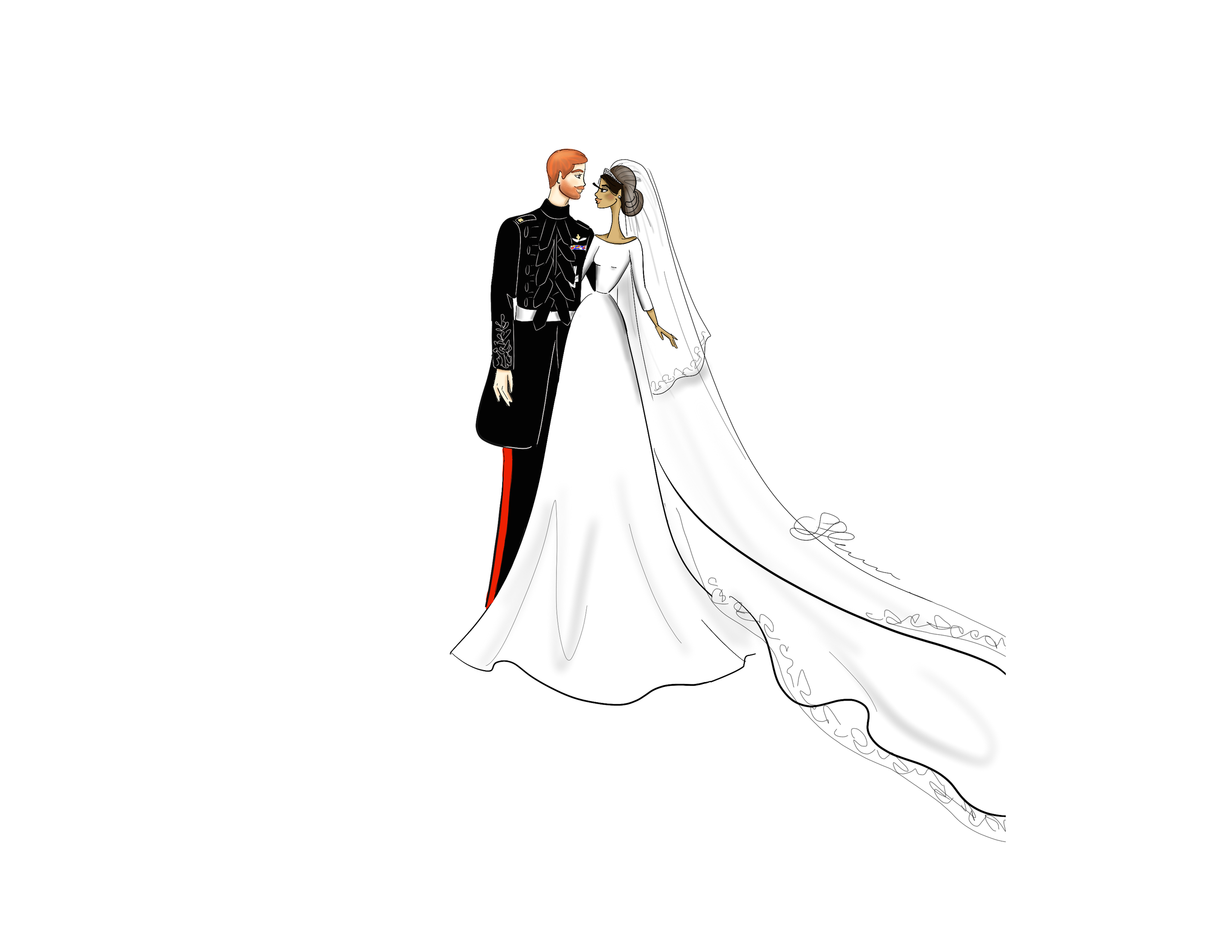6 Rules for UK Royal Weddings
As the world learned of the passing of Queen Elizabeth II, the UK’s longest reigning monarch, it got me thinking about royal weddings.
(Fun fact: when Queen Elizabeth married Prince Philip, they had a 9 foot tall wedding cake that weighed 500 POUNDS!)
British royal weddings are not only seeped in tradition, but there’s also quite a few rules that the engaged couple must abide by for their big day. Little by little these have been adapted to the times over the years (see: being allowed to marry non royals, being allowed to marry divorced persons, etc), but these 6 major ones have seemed to have stayed around a while:
You need the Queen or King’s approval
This rule applies to many things, beginning with the engagement. The Royal Marriages Act of 1772 requires approval of the couple before the groom can propose. This act was actually appealed in 2013 by the Succession to The Crown Act which states only the first 6 royals in line to the throne need permission. The Queen/King also must approve the bride’s dress, the final guest list, and the tiaras (only married women are allowed to wear them).
2. The rings are made from Welsh gold
It’s tradition that the wedding rings are gifted from the Queen/King (since 1911!). Since the original Welsh gold mine has shut down, that gold is now in limited supply, making it even more exclusive and expensive.
3. The wedding party is made up of children
Royal British weddings don’t do “wedding parties” of groomsmen and bridesmaids. Instead they have a gaggle of little flower girls and page boys participating in the wedding ceremony. The old rule was all the kids must also be royals, but recently weddings have incorporated kids from both sides if the bride or groom is not of royalty.
4. The wedding dress designer must be British
A nod to the monarchy, brides having a royal wedding will get their dress designed by a British designer. See: Megan Markle’s dress by Claire Waight Keller, Kate Middleton’s dress by Sarah Burton, and Sarah Ferguson’s dress by Linda Cierach.
5. Royalty training is a must
If a royal is marrying a non-royal (or a “commoner”), they must go through training. This prepares them for their new life as a “working royal”; learning expectations, social traditions, and even security protocols for their own safety.
6. Rules for Guests
Just because they’re guests, doesn’t mean they’re exempt. A couple examples being: 1) Female guests must wear a hat (not too big), 2) Only married women can wear a tiara, and 3) Men are not allowed to wear a tuxedo.
As much as everyone loves a good royal wedding, knowing these tidbits (and these are just a few of a many) of what they go through is almost exhausting. If you enjoy following traditions, that’s wonderful! But hopefully a bit more flexibility will be available for future couples down the line.
Samantha Shammas, Author and Owner of SamiaLynn


